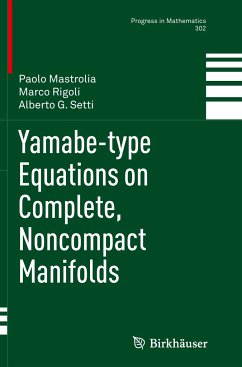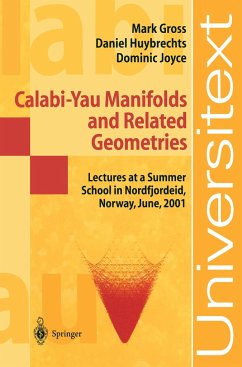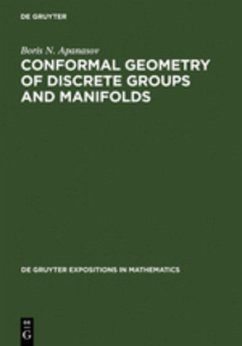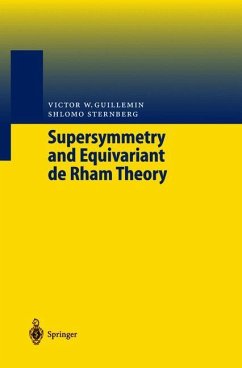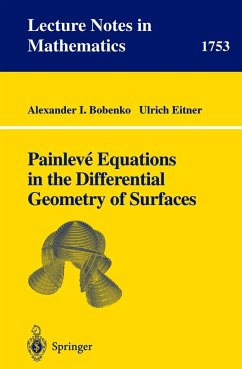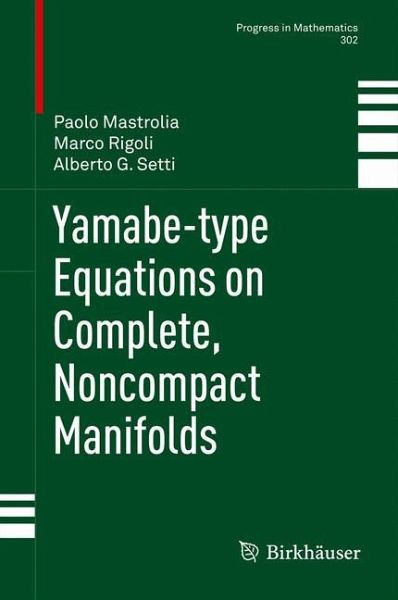
Yamabe-type Equations on Complete, Noncompact Manifolds
Versandkostenfrei!
Versandfertig in 6-10 Tagen
53,49 €
inkl. MwSt.
Weitere Ausgaben:

PAYBACK Punkte
0 °P sammeln!
The aim of this monograph is to present a self-contained introduction to some geometric and analytic aspects of the Yamabe problem. The book also describes a wide range of methods and techniques that can be successfully applied to nonlinear differential equations in particularly challenging situations. Such situations occur where the lack of compactness, symmetry and homogeneity prevents the use of more standard tools typically used in compact situations or for the Euclidean setting. The work is written in an easy style that makes it accessible even to non-specialists.After a self-contained tr...
The aim of this monograph is to present a self-contained introduction to some geometric and analytic aspects of the Yamabe problem. The book also describes a wide range of methods and techniques that can be successfully applied to nonlinear differential equations in particularly challenging situations. Such situations occur where the lack of compactness, symmetry and homogeneity prevents the use of more standard tools typically used in compact situations or for the Euclidean setting. The work is written in an easy style that makes it accessible even to non-specialists.
After a self-contained treatment of the geometric tools used in the book, readers are introduced to the main subject by means of a concise but clear study of some aspects of the Yamabe problem on compact manifolds. This study provides the motivation and geometrical feeling for the subsequent part of the work. In the main body of the book, it is shown how the geometry and the analysis of nonlinear partialdifferential equations blend together to give up-to-date results on existence, nonexistence, uniqueness and a priori estimates for solutions of general Yamabe-type equations and inequalities on complete, non-compact Riemannian manifolds.
After a self-contained treatment of the geometric tools used in the book, readers are introduced to the main subject by means of a concise but clear study of some aspects of the Yamabe problem on compact manifolds. This study provides the motivation and geometrical feeling for the subsequent part of the work. In the main body of the book, it is shown how the geometry and the analysis of nonlinear partialdifferential equations blend together to give up-to-date results on existence, nonexistence, uniqueness and a priori estimates for solutions of general Yamabe-type equations and inequalities on complete, non-compact Riemannian manifolds.





